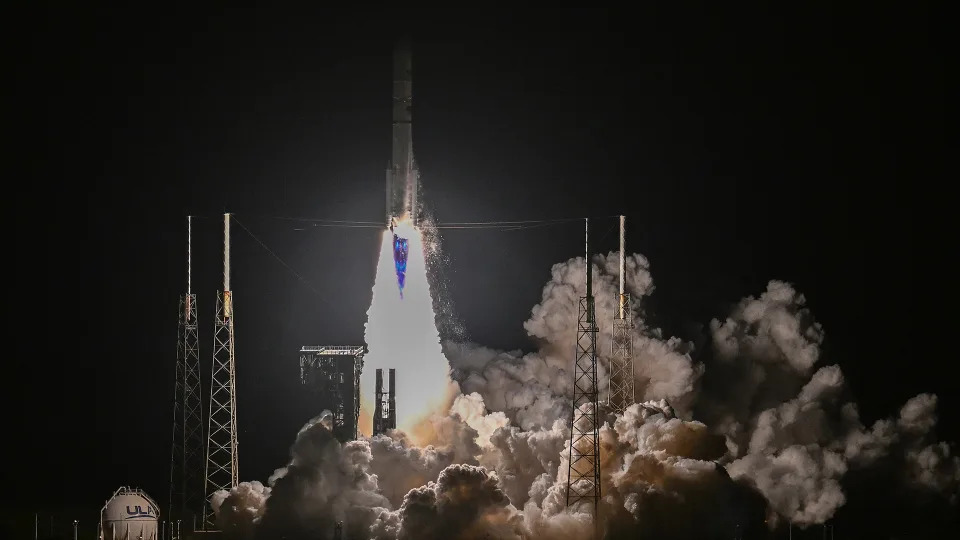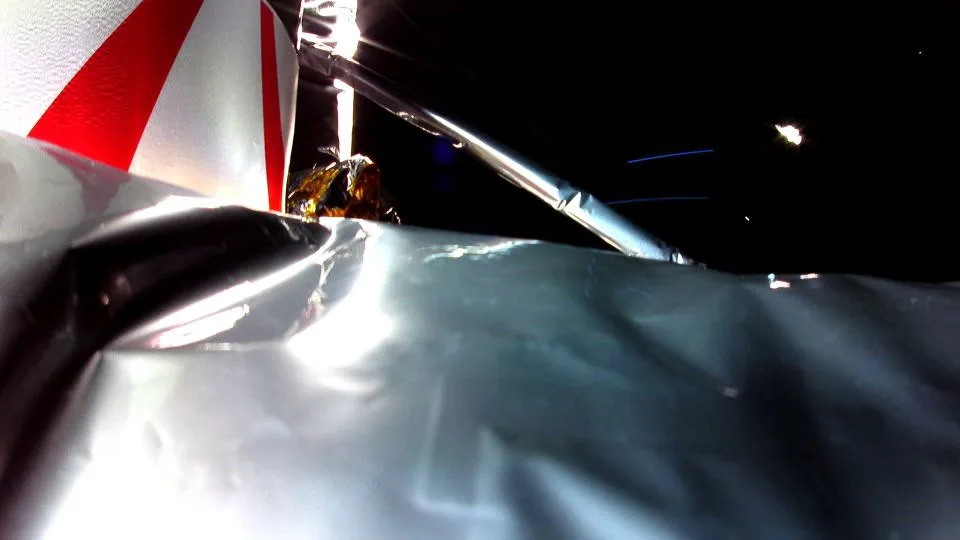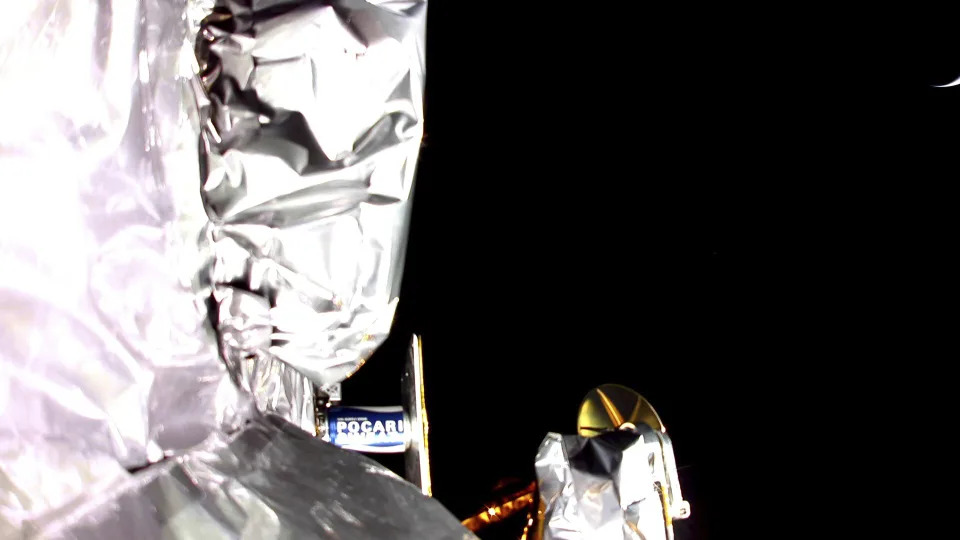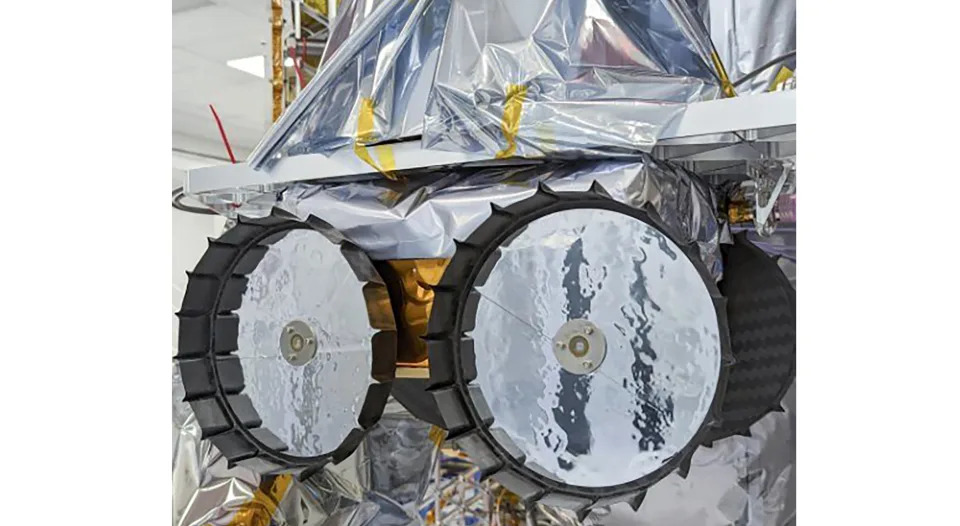NASA is seemingly caught between a Mars rock and a hard place.
The space agency’s best-laid plan to robotically retrieve prized samples of the Red Planet for scrutiny back on Earth has been decades in the making and is seen as a "must-do" by many planetary scientists. Now it has gone awry, imperiled by a wildly unrealistic budget and schedule. Although a programmatic overhaul is now underway, no one can yet say just how — or when — the Mars Sample Return (MSR) initiative will succeed, and lawmakers have threatened the project with outright cancellation.
The tumult erupted last September with the release of a sanity check of MSR conducted by a NASA-established independent review board (IRB). MSR, the IRB found, is likely to cost somewhere between $8 billion and $11 billion in its current form—several billion dollars beyond the project’s recommended budgetary limits. Moreover, the board reported a near-zero chance of vital MSR elements being ready for launches slated for 2027 and 2028 — let alone the "Earth return" that was projected for 2033.
Related: NASA's Mars Sample Return in jeopardy after US Senate questions budget
MSR’s complex architecture is a key driver of such high costs and troubling delays. The official plan calls for a NASA-built lander to voyage to Mars while housing a small sample-return rocket, as well as a robotic arm provided by the European Space Agency (ESA). The lander would touch down near the Perseverance rover that’s already been busily dropping tubes of carefully curated samples from its explorations around Jezero Crater, the site of an ancient river delta. Those specimens would be picked up and stuffed into the rocket by Perseverance — or perhaps instead retrieved by a couple of newly minted flying drones akin to the Ingenuity helicopter that the rover already let loose on Mars.
The sample-packed rocket would launch into orbit around Mars to rendezvous with an ESA-supplied spacecraft for subsequent transport to Earth. Encased in a protective capsule, the samples would at last reach our planet by plummeting from space to the Utah Test and Training Range, where they’d be recovered and whisked to a specialized facility for processing and further study.
Replanning and ramping back
Nationwide, more than 1,300 people have been working on MSR, but that number is dropping. After the IRB report’s release, NASA hit the pause button on the project: the space agency announced that several of its research centers were “ramping back” associated work. A hiring freeze is now in effect at the space agency’s MSR-managing Jet Propulsion Laboratory, and last week the lab laid off 100 of its contractors. The slowdown comes as NASA faces a constricted budget in fiscal year 2024 because of a debt ceiling spending cap deal in Congress. The House of Representatives’ proposed budget allots nearly $1 billion to the project in 2024 per NASA’s request, while the Senate’s budget offers only $300 million — and explicitly threatens MSR with cancellation if the program’s costs can’t be reined in.
In response, NASA has set up a Mars Sample Return Independent Review Board Response Team (MIRT), led by Sandra Connelly, the space agency’s deputy associate administrator for science. Connelly is expected to provide an update about MIRT’s process and progress in an upcoming "town hall" meeting. Meanwhile the agency has delayed its plans to confirm the official mission cost and schedule pending MIRT’s conclusions, which are expected in March 2024.
"The team will make a recommendation by the second quarter of fiscal year 2024 regarding a path forward for Mars Sample Return within a balanced overall science program," said NASA’s Dewayne Washington, a senior communications manager for MSR, in a statement to Scientific American. "The agency will delay its plans to confirm the official mission cost and schedule until after the completion of this review."
ESA, for its part, maintains that it is "steadfastly progressing towards fulfilling all of its commitments" for a launch as early as 2028, according to a statement provided to Scientific American. ESA is working closely with NASA on replanning MSR, the statement explained. "On the ESA side, the outcome of the ESA/NASA studies will be formulated as options and the way forward will then be decided together with [ESA] Member States," it said.
Related: The big reveal: What's ahead in returning samples from Mars?
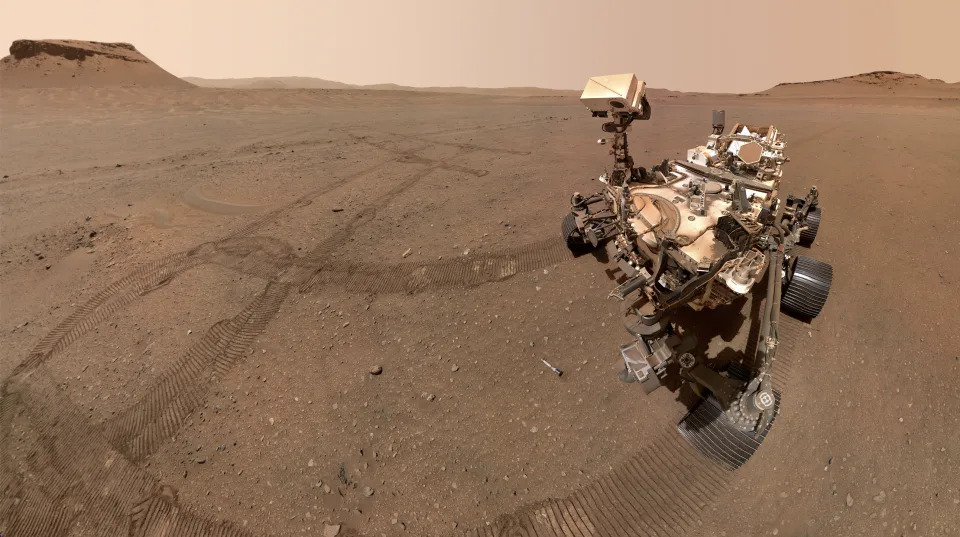 a large mars rover sits in a sandy patch of red planet ground, with some of its tire tracks nearby.
a large mars rover sits in a sandy patch of red planet ground, with some of its tire tracks nearby.A question of priorities
MSR’s perceived scientific value is the rationale for NASA and ESA traversing the delicate geopolitical tightrope of the project’s replanning, says Victoria Hamilton, a planetary geologist at the Southwest Research Institute in Boulder, Colo. Hamilton also chairs the Mars Exploration Program Analysis Group (MEPAG), a committee that is advising NASA on its Red Planet plans and participated in the IRB that issued last September’s damning report.
Multiple planetary science decadal surveys produced by the National Academies of Sciences, Engineering, and Medicine have anointed MSR as the highest scientific priority for all of NASA’s robotic exploration efforts, she notes. The last such decadal survey, however, issued in 2022, gauged MSR’s nominal cost as $5.3 billion and cautioned that overruns on the project could "undermine the long-term programmatic balance of [NASA’s] planetary portfolio."
Achieving that balance is essential, Hamilton says, because Mars isn’t the only alluring destination vying for more attention and federal dollars. The very same decadal survey that reinforced MSR’s preeminence also set several other high-priority objectives, such as robotic NASA missions to Uranus, Venus and the mysterious Saturnian moons Enceladus and Titan. Left unchecked, cost and schedule overruns for MSR could easily cascade throughout the space agency’s planetary science division to disrupt these other projects — not to mention any NASA efforts to send humans to Mars.
"In addition to the scientific benefits, MSR will feed forward into human exploration plans," Hamilton says. "And I honestly don’t understand how we can talk about sending humans to Mars to do science if a pathfinding mission like MSR is deemed too ambitious or too costly."
Others, conversely, struggle to understand how MSR in its current form benefits the broader planetary science community—and how the official plan for its execution came so far before being formally called out for its excesses. One well-versed space agency official, who asked for anonymity, bluntly calls the plan a “dumpster fire.”
"Within the planetary science community, you have the Mars faction [that supports MSR]. But the outer planets community doesn’t care about MSR," the official says. "The Venus exploration advocates don’t care about this, nor does the moon community. Then there’s perhaps half of the Mars community that feels [that for MSR’s estimated cost], you can imagine a lot of Mars rovers going across the surface and see a whole fleet of Mars orbiters that also need to be replaced."
Fran Bagenal, a planetary scientist at the University of Colorado Boulder’s (CU Boulder’s) Laboratory for Atmospheric and Space Physics and a veteran of multiple NASA interplanetary missions, is skeptical that MSR’s skyrocketing price tag will prove worthwhile despite its historic astrobiological potential. Most of the material in and around Jezero Crater is more than 3.7 billion years old, she notes—and scientists still vigorously debate any hints of life in rocks of similar vintage right here on our own far-better-studied Earth.
"So what will we learn by spending many billions on returning [such] samples from Mars?" she asks. "It’s easy to say, 'It has to be new and interesting, whatever we find.' But we must be responsible to the taxpayer and ask if it is worth the cost." Investing instead in developing better methods for robotic, in situ studies on Mars, she argues, could be a more affordable option that also yields new approaches for other destinations, such as Venus and Jupiter’s icy, oceanic moon Europa.
The A-ha! moment
According to Scott Hubbard, former director of NASA’s Ames Research Center, who served as the agency’s inaugural Mars exploration program director from 2000 to 2001, there’s an easy explanation for MSR’s programmatic miscalculations. Historically, he says, NASA has shown a strong tendency to err on the low side of mission costs to get a project approved; the aha! moment comes later. "NASA counts on this a great deal, whether consciously or unconsciously," he says — especially for ambitious initiatives such as MSR. Add to this "the 'evolutionary' process of how [MSR’s planning] was dragged out over decades," and you end up with the current state of affairs.
Bruce Jakosky, a scientist at CU Boulder’s Laboratory for Atmospheric and Space Physics and former lead investigator of NASA’s Mars Atmosphere and Volatile Evolution (MAVEN) orbiter, which is presently at Mars, has spent decades researching the Red Planet’s climate, atmosphere and potential habitability. The scientific value of returning Mars samples cached by NASA’s Perseverance rover for studies back here on Earth cannot be overstated, he maintains. "There are analyses that we can carry out here that are just not possible using even the best-equipped rover on the surface," Jakosky says.
Mars Sample Return is important for another reason, Jakosky adds. "It’s a demonstration of the ability to do a round trip to Mars and will be incredibly valuable as a risk-reduction effort in preparing for human missions to Mars," he says. "Given that advance work is already going on related to planning the architecture of human Mars missions, this seems like a necessary step along the way."
Salvaging MSR, Hubbard says, may require making the project an "all-of-NASA initiative" to take advantage of the agency’s human exploration plans (and budgets). This could allow for new mission profiles that reduce complexity — if not cost. NASA’s new Space Launch System [SLS] megarocket, he notes, is meant for lofting crews and hefty payloads into Earth orbit for voyages to the moon — but its huge size could conceivably house all of MSR’s planned elements, which are currently intended for two separate rockets. With SLS, he says, "you could probably launch the whole thing in one fell swoop." (An SLS launch, however, costs more than $2 billion— about 40% of the entire baseline MSR budget, leaving aside the multibillion-dollar overruns projected by the IRB.)
Related: Mars: Everything you need to know about the Red Planet
RELATED STORIES:
— Perseverance Mars rover stashes final sample, completing Red Planet depot
— Perseverance rover collects Mars samples rich in 'organic matter' for future return to Earth
— New AI algorithm can detect signs of life with 90% accuracy. Scientists want to send it to Mars
The China factor
For James Head, a planetary scientist at Brown University, it has not been a question of one mission to return samples from Mars but rather of many. "There are so many different fundamental scientific problems to address, and so many different places to go to address them, that multiple Mars sample return missions are essential," he says.
The possibility of multiple sample-return sorties isn’t a pipe dream: China is planning one of its own — a mission called Tianwen-3 that is planned to launch in 2028 and would seek to deliver Mars rocks to Earth as early as mid-2031. Last April Head co-convened a session on that country’s Mars sample endeavor in Hefei, China.
"They are clearly moving ahead on this mission," he says, noting the large number of Chinese university students and mission personnel from institutes of the Chinese Academy of Sciences that have proposed Tianwen-3 landing sites. "The project is moving forward well, and we are working on the landing site location," says Yang "Steve" Liu, a planetary scientist at the National Space Science Center in Beijing. Sample collection by the Tianwen-3 lander, Liu says, would mirror that of China’s Chang’e-5 lunar mission, which, sans rover, drilled and scooped moon rocks that were rocketed back to Earth in December 2020.
One touchdown locale under review is the southern part of Utopia Planitia, a giant impact basin in the midlatitudes of Mars’s northern hemisphere that China’s Zhurong rover already scouted in 2021 and 2022. (NASA’s Viking 2 lander also touched down in Utopia Planitia in 1976.) "It seems clear to me that a significant part of the geological history of Mars will be included in samples returned from this area," Head says.
In the event that China’s Mars samples are the first — or only — to arrive back on Earth, finding a way for U.S. researchers to share in those data would be ideal, Head says. Federal law presently limits NASA’s collaborations with China, but the space agency’s recent approval of efforts by NASA-funded investigators to participate in studies of Chang’e-5’s lunar samples is a very positive sign, he says. "We all hope that NASA will be able to extend this in the future to the upcoming Chang’e-6 farside lunar samples and to any future Chinese Mars returned samples."
Of course the most ideal scenario of all, envisioned by Head and his fellow Mars-focused peers, would be for NASA to ensure that its homegrown MSR project comes to fruition. The choice to move forward, he says, represents a "momentous decision point" for the space agency — and the nation.











